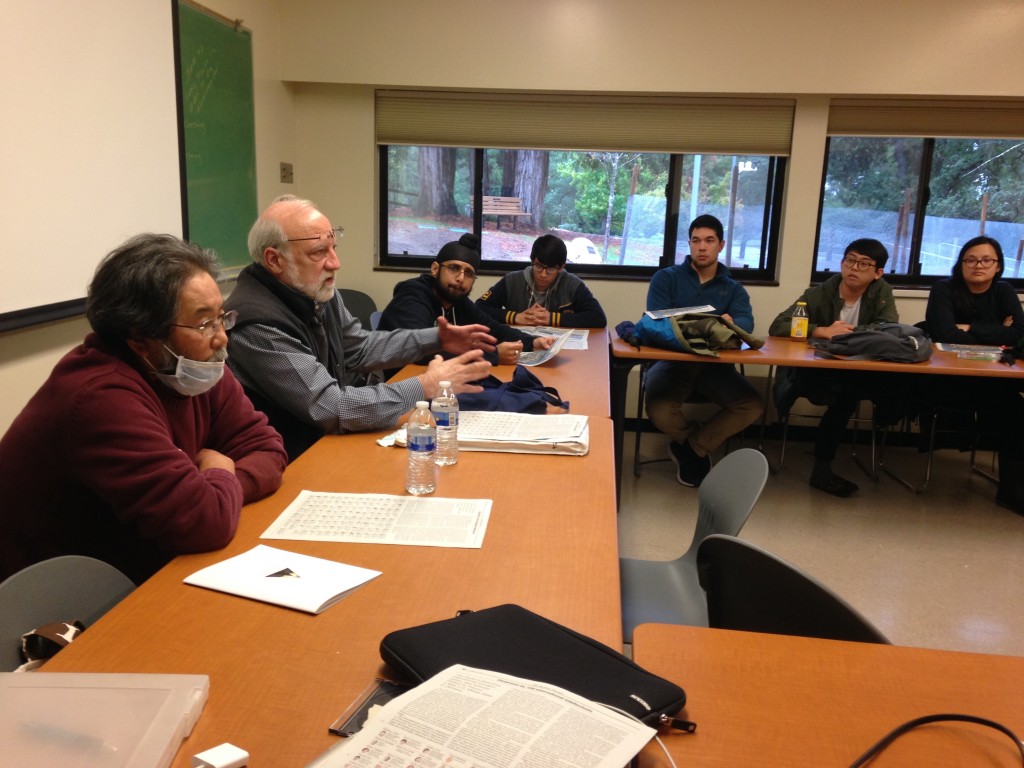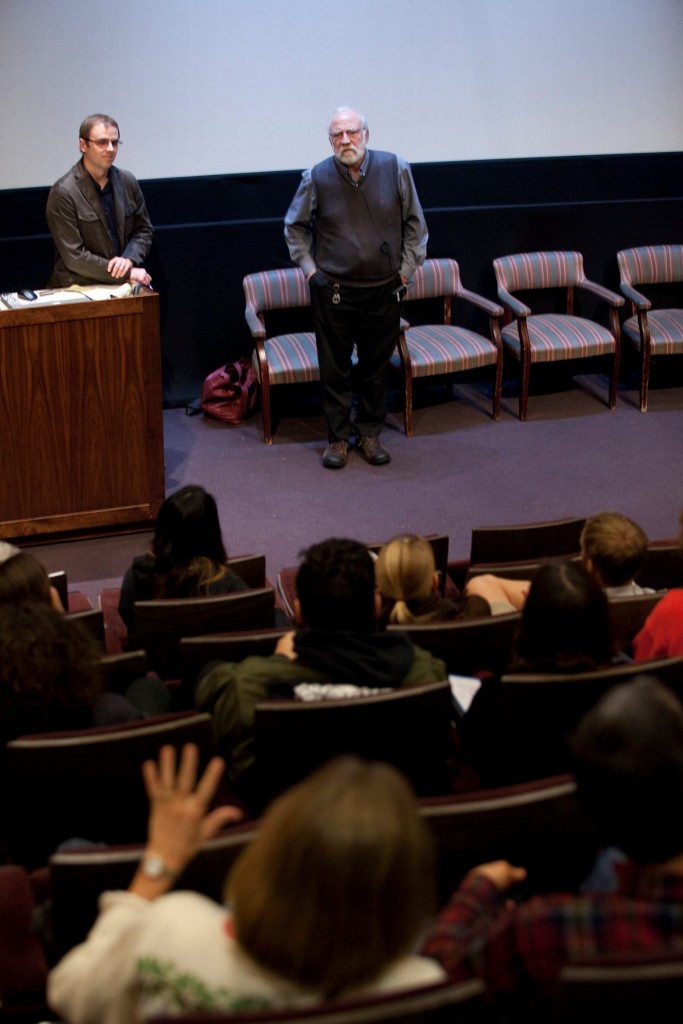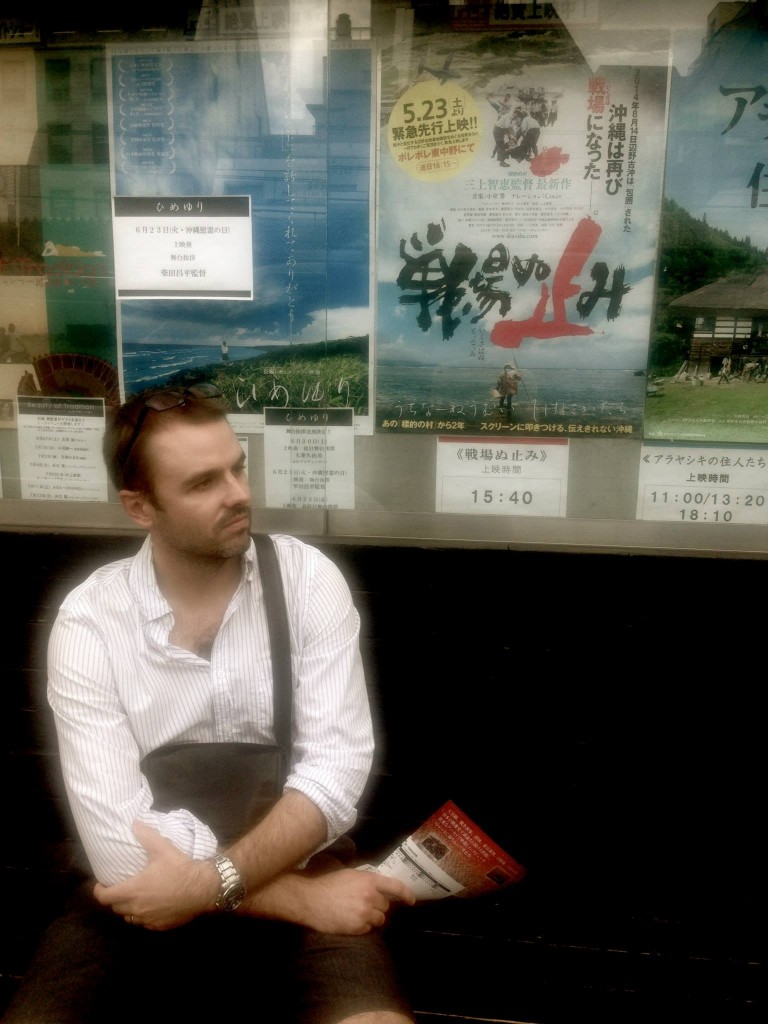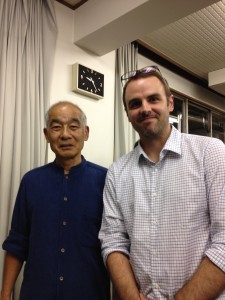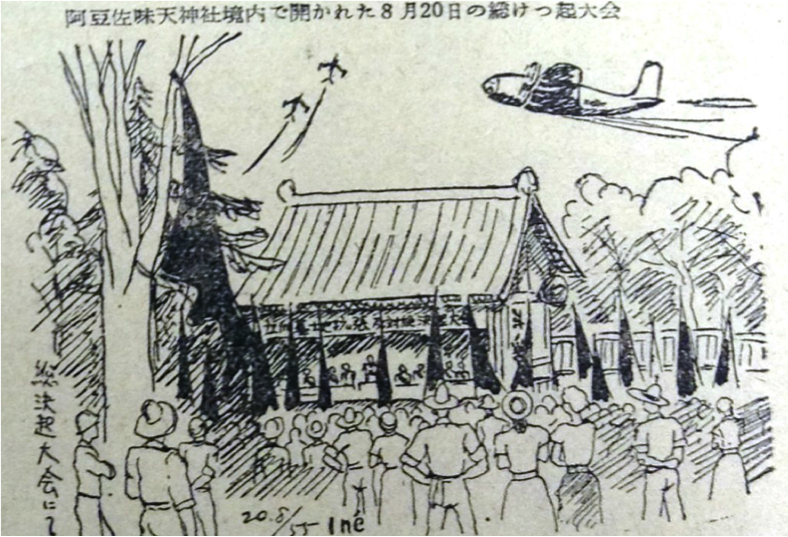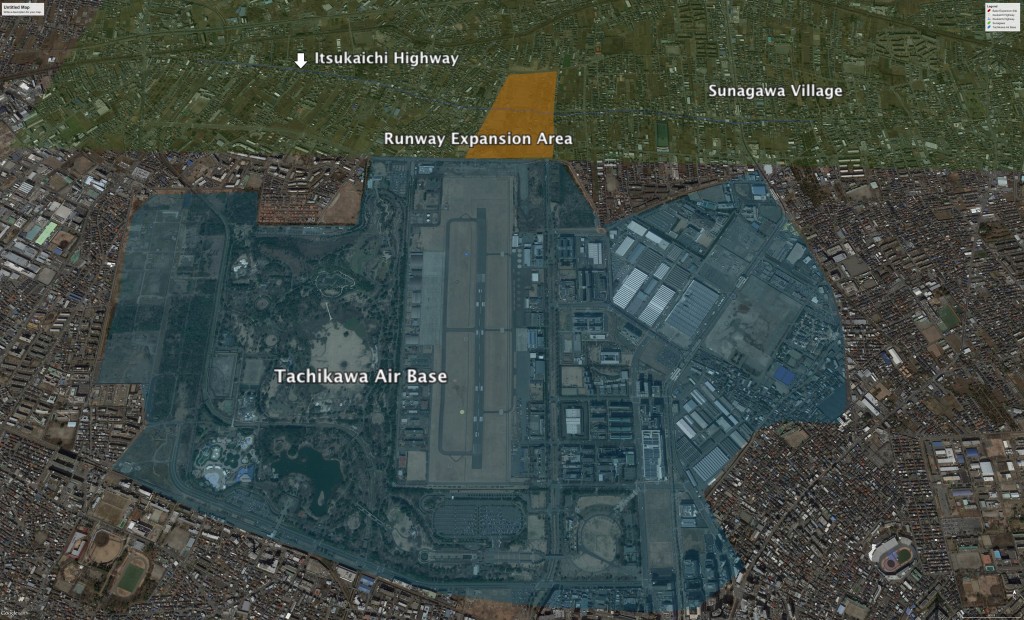I’m excited for the upcoming Association for Asian Studies conference that will be held in Seattle later this month. Outside of the oysters I plan on eating (I’m coming for you, Taylor), I’ll also be presenting on an interdisciplinary panel entitled “Contentious Legal Boundaries: East and Southeast Asian Sovereignty.” Special thanks to Victoria Reyes at Bryn Mawr for organizing the panel!
Here’s my paper’s abstract:
Activism in the Courts: Popular Challenges to the Legality of Military Bases in Japan
Anti-military base protests rocked Japan throughout the 1950s and 1960s. This paper interrogates two important legal cases regarding local opposition to military bases and militarism: the Sunagawa Incident of 1959 and the Eniwa Incident of 1967. The Sunagawa Incident was a legal case brought against anti-U.S. military base protesters who were accused of trespassing onto a base, while the Eniwa Incident referred to the prosecution of a family accused of vandalizing the property of the Japanese Self-Defense Forces. Both cases became cause célèbre for leftists and peace groups throughout Japan, which forced the presiding judges to look beyond the initial scope of the actual crimes in question and instead address broader legal critiques on the presence of military bases in Japan, a country where militarism is usually understood to be illegal under Article Nine of the constitution. By examining the laws concerning the physical presence of military bases throughout Japan’s topography, along with the judges’ ruling opinions, I draw attention to the legal roots of citizen-led anti-base activism in postwar Japan. Finally, this paper addresses the relationship of these two court cases to anti-base movements in Japan today.
Schedule: April 1, 12:45 to 2:45pm, Washington State Convention Center, 2nd Floor, Room 214
This is my third AAS conference in as many years, and I constantly find the panels to be exciting and enlightening. Hope to see you there!
